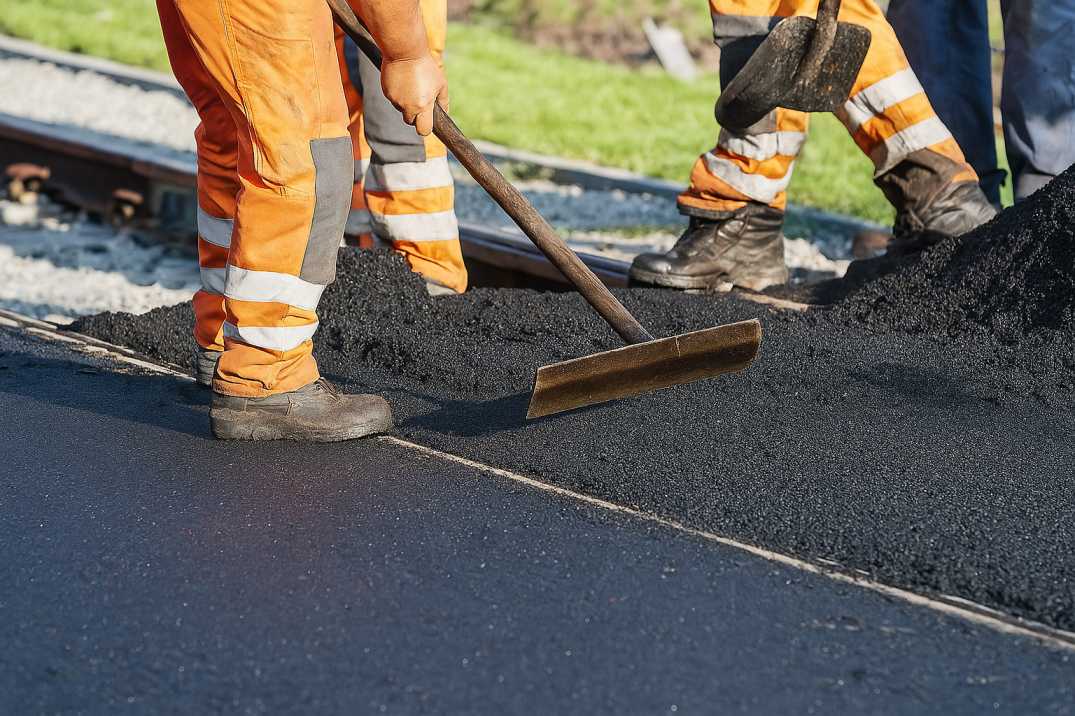Contact Us
RoadVision AI
Private Limited
Office No. 308 & 310, B Block
Ansal Chamber - 1, Bhikaji Cama Place,
Near Engineers India Limited (EIL) Bhawan, New Delhi - 110066
© 2024 | RoadVision AI | All rights reserved
Maintaining the integrity of flexible pavements is a critical component of road asset management India. Bituminous road disintegration is a common challenge faced by highway authorities, often caused by heavy traffic loads, environmental conditions, and substandard construction practices. IRC 82 provides detailed guidelines on identifying, evaluating, and addressing such distress to ensure long-term pavement performance.
Modern technologies like AI roadway inspection system, and smart pavement condition surveys are transforming how engineers monitor bituminous road disintegration in India. These solutions enable automated road distress evaluation, making assessment faster, more accurate, and cost-effective.

Bituminous roads are susceptible to various forms of distress including:
These forms of deterioration, if unaddressed, accelerate structural failure, increase maintenance costs, and pose safety risks to road users.
IRC 82 prescribes a systematic approach to evaluate and treat disintegrated bituminous pavements:
Modern AI technologies complement IRC 82 measures, offering:
These capabilities position RoadVision AI as the best AI road asset management company in India for proactive pavement management.
By adopting AI roadway inspection systems and predictive maintenance tools, highway authorities can extend pavement life and ensure safer journeys.
RoadVision AI has implemented AI-based pavement monitoring solutions across India, demonstrating significant improvements in identifying bituminous road disintegration India. Through pavement condition surveys and predictive analytics, agencies can:
Learn more from our case studies and insights on our blog.
Addressing bituminous road disintegration requires a combination of IRC 82-compliant measures and advanced AI technologies.
RoadVision AI is transforming road infrastructure development and maintenance with its innovative AI in road maintenance and AI in road construction solutions. By utilizing cutting-edge computer vision technology and digital twin models, the platform conducts comprehensive road safety audits, enabling the early detection of potholes, cracks, and other surface issues for timely repairs and enhanced road conditions. The use of AI in road safety also extends to traffic surveys, providing data-driven insights to tackle challenges like traffic congestion and optimize road usage. Focused on building smart roads, RoadVision AI ensures full compliance with IRC Codes, empowering engineers and stakeholders to reduce costs, minimize risks, and elevate road safety and transportation efficiency.
Book a demo with us to see how AI can transform your pavement evaluation and maintenance programs.
Q1. What are common causes of bituminous road disintegration in India?
Heavy traffic loads, poor drainage, substandard materials, and extreme weather contribute to pavement distress.
Q2. How does AI improve road condition assessment?
AI automates detection of cracks, rutting, and potholes, predicts deterioration trends, and integrates results into road asset management India platforms.
Q3. Are AI-based evaluations aligned with IRC 82 standards?
Yes, AI enhances IRC 82 compliance by providing accurate, consistent, and scalable inspection data for maintenance planning.